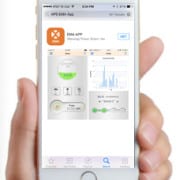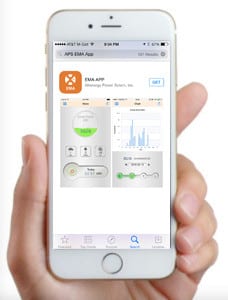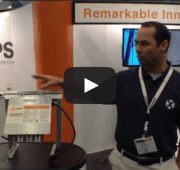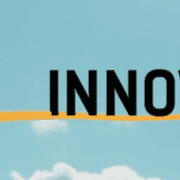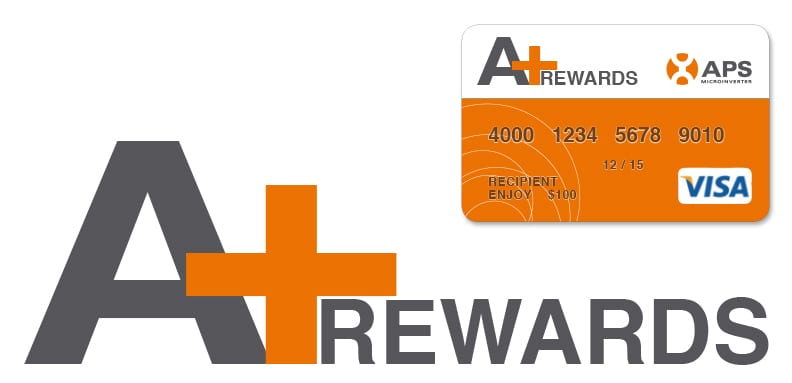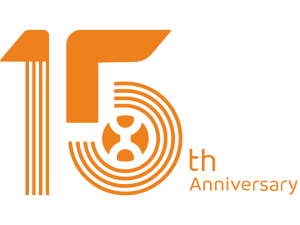Inc. 500/5000-honored solar distributor SimpleRay adds APS microinverter line
FOR IMMEDIATE RELEASE
 SEATTLE – Three-time Inc. 5000-honored solar distributor SimpleRay has added the APS microinverter line to its product offerings.
SEATTLE – Three-time Inc. 5000-honored solar distributor SimpleRay has added the APS microinverter line to its product offerings.
Driven by the maxim “We simplify solar,” SimpleRay offers a full range of solar products and services including PV system design (grid tied and battery based), end-to-end project management, and financing.
The St. Paul, Minn.-based company (www.simpleray.com) is a three-time Inc. 5000 honoree, and has ranked No. 318 on the Inc. 500 list of fastest-growing private companies in the USA. It ranked No. 12 among top renewable energy companies as determined by Inc. Magazine, and fifth among all companies in its home state.
SimpleRay was founded by Geoff Stenrick in 2007, with the goal of giving solar installers a better distribution experience. The company serves small and mid-sized installers throughout the Midwest, offering product and system-design expertise and a consultative sales approach.
“We want to make sure we have the best products on hand to match each installer’s projects,” said Stenrick, SimpleRay president and CEO. “APS fits in well with our philosophy by offering low-cost, well established microinverters. They’re easy to design with, and fit our customers’ needs well. They’re a great fit for us overall.”
Thomas Nelson, APS vice president of sales, USA, hailed the extension of the APS brand in the Great Lakes region in a year of strong installer demand nationwide.
“SimpleRay has built their business by providing very high quality service to installers,” Nelson said. “That’s an outstanding match for APS and our own focus on providing the best products and top value for our installation partners.”
APS is currently offering A+ Rewards, an industry-best rebate program for installers. The program offers up to $15 back per microinverter purchased from participating distributors through Sept. 30, 2015, with additional incentives for first-time installers; see www.apsamerica.com for details.
APS flagship products include the YC500, a powerful dual-module microinverter, and the YC1000 true 3-phase unit, purpose-designed for commercial applications and offering an unprecedented 1:4 microinverter-to-module ratio to lower system costs.
Both units will be offered by SimpleRay through its distribution channels.
APS was founded in Silicon Valley in 2009, and is now a global leader in the development, manufacturing and marketing of microinverters based on their own proven, leading-edge solar technology. APS’ USA operations are based in Seattle.
APS ranked No. 2 in global market share among top microinverter suppliers by shipment in 2013 (source: GTM Research).
For information on SimpleRay solar distribution, see www.simpleray.com.


